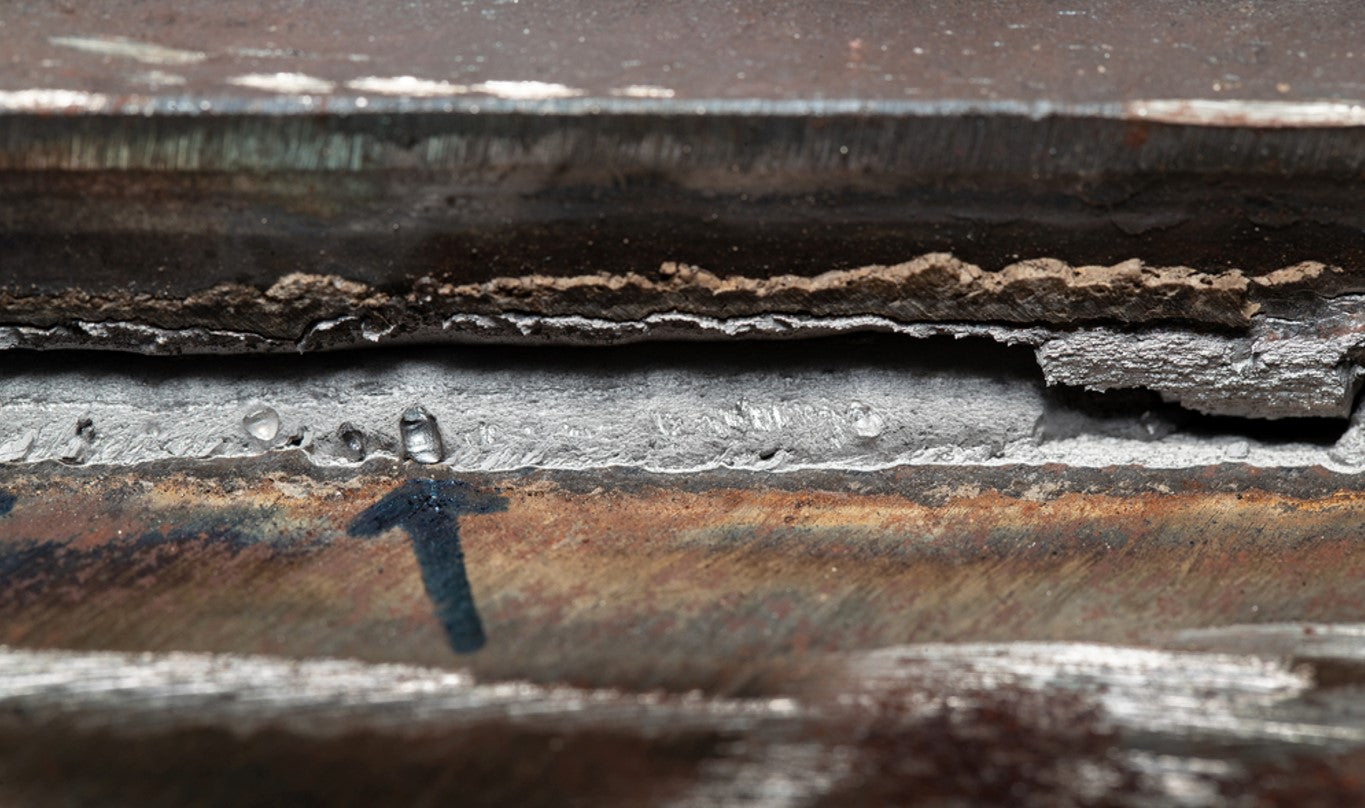Understanding the Causes and Solutions for Undercut Welding in Metal Fabrication Processes
In the realm of steel fabrication processes, the incident of undercut welding positions a significant challenge that demands a comprehensive understanding of its causes and viable solutions. The intricate interplay of different elements during welding operations can lead to this undesirable phenomenon, influencing the architectural integrity and overall quality of the bonded joints - Preventing weld undercut. By studying the origin triggers of undercut welding and exploring effective therapeutic actions, producers can raise the requirement of their workmanship and ensure the manufacturing of perfect metal components
Usual Reasons of Undercut Welding
Regularly forgotten in metal fabrication, undercut welding happens due to different aspects that require thorough attention and knowledge to be successfully minimized. In addition, inappropriate welding strategies, such as using the incorrect welding angle or take a trip rate, can additionally add to damage development. The selection of welding criteria, such as voltage, existing, and cord feed rate, plays a substantial function in the incident of undercut welding.
Effect of Incorrect Welding Parameters
Unreliable welding criteria can dramatically endanger the stability and high quality of welded joints in metal fabrication processes. The influence of wrong welding specifications materializes in different ways, leading to architectural weak points and flaws in the welded components. One important facet influenced by incorrect welding specifications is the penetration deepness of the weld. Inadequate warm input due to reduced welding currents or exceedingly high travel rates can lead to insufficient fusion in between the base metals, resulting in insufficient joint infiltration and compromised bonds. Conversely, too much warm input brought on by high welding currents or slow-moving travel speeds can cause too much and burn-through support, creating a weak and unsteady weld structure. Additionally, incorrect parameters such as incorrect voltage settings or wrong electrode angles can add to unpredictable weld grain accounts, lack of combination, and enhanced opportunities of problems like damaging. As a result, meticulous focus to welding parameters is extremely important to make sure the manufacturing of top notch welds with the desired mechanical buildings and structural stability.
Effect of Improper Lantern Angle
Improper torch angle in welding operations can significantly impact the quality and integrity of the final weld joints in metal fabrication processes. The torch angle plays a crucial role in identifying the heat input and distribution during welding. When the lantern angle is wrong, concerns such as damaging can develop. Undercutting is an usual welding problem where a groove forms along the weld toe, compromising the joint and compromising its structural honesty.
A lantern angle that is as well steep can lead to insufficient infiltration, insufficient fusion, and increased spatter. On the various other hand, a lantern angle that is too superficial can cause extreme penetration, burn-through, and distortion of the base product. Preventing weld undercut. Appropriate torch angle is essential for making certain constant weld quality, toughness, and look
To stop undercutting and various other flaws triggered by inappropriate lantern angles, welders must be educated to preserve the correct lantern angle throughout the welding process. Routine monitoring and change of torch angles throughout welding can assist attain sound welds with marginal flaws.
Role of Inadequate Welding Methods

An additional element of insufficient welding methods is incorrect weld preparation. Inadequate cleaning of the base steels, wrong joint layout, or inadequate edge preparation can all contribute to damage welding. Insufficient shielding gas coverage or making use of the incorrect type of gas can result in insufficient blend and the formation of undercut defects.
To address the duty of insufficient welding techniques in steel construction processes, it is vital to give detailed training for welders. Proper education and learning on welding specifications, joint preparation, and securing gas choice can help stop undercut welding and guarantee top quality welds in steel construction tasks.
Efficient Solutions for Undercut Welding
Addressing undercut welding in steel fabrication calls for executing reliable services to boost weld high quality and structural integrity. Among the key options to combat undercut is to change welding criteria such as voltage, present, and take a trip speed to make sure proper warm input and blend. By fine-tuning these settings, welders can protect against excessive melting of the base steel and filler product, decreasing the probability of undercut formation.
Furthermore, correct joint preparation is important in preventing undercut. Guaranteeing tidy base steel surfaces complimentary of impurities and using the suitable bevel angle can aid advertise better weld penetration and minimize the danger of undercut - Preventing weld undercut. Employing ideal welding techniques, such as weaving or oscillating the lantern, can likewise assist in dispersing warm evenly and filling the weld joint effectively, minimizing the opportunity of undercut flaws
Furthermore, selecting the right welding consumables, consisting of electrodes and filler steels, is essential in reducing undercut. Utilizing materials with proper chemical structures and mechanical properties can add to achieving sound welds with minimal undercut. Regular evaluation and quality assurance steps ought to likewise be carried out to discover and attend to undercut problems immediately, making sure the general stability of produced metal components.

Conclusion
In conclusion, my review here recognizing the reasons and options for undercut welding in metal fabrication processes is critical for attaining high-grade welds. By resolving typical causes such as incorrect welding criteria, incorrect torch angle, and inadequate welding strategies, welders can stop undercutting and ensure solid, long lasting welds. It is vital to take note of these variables and implement effective services to improve the total welding process and final item quality.
